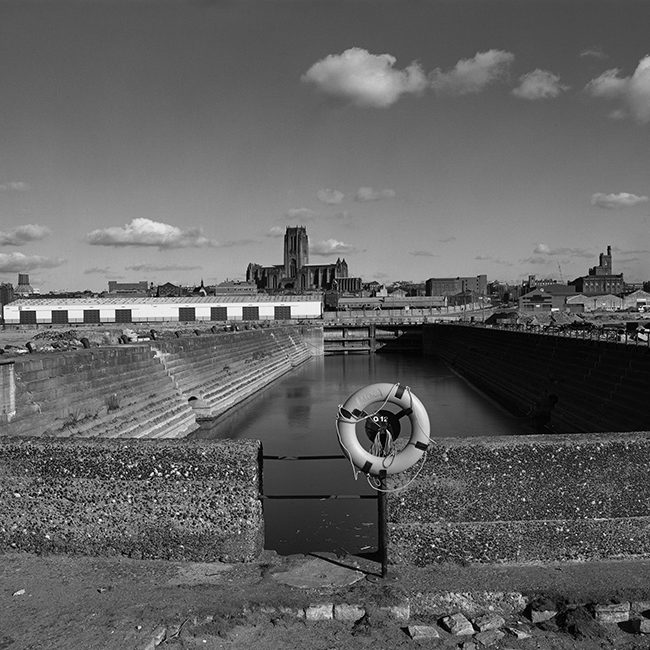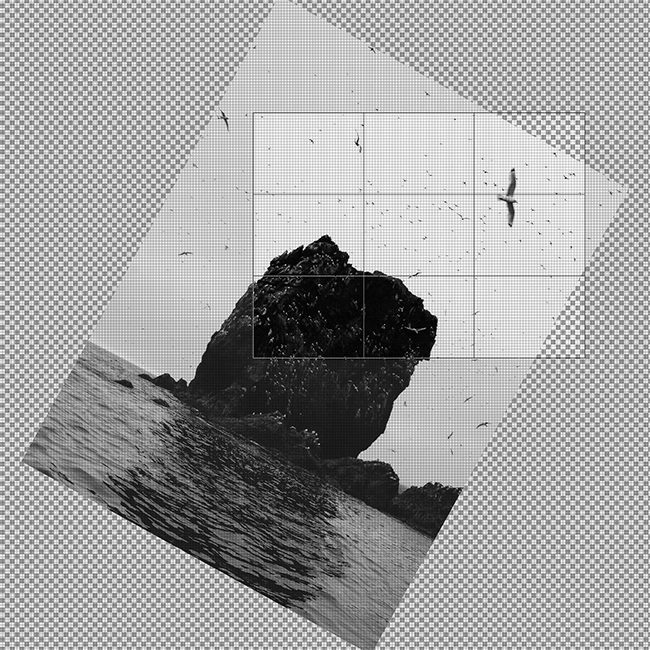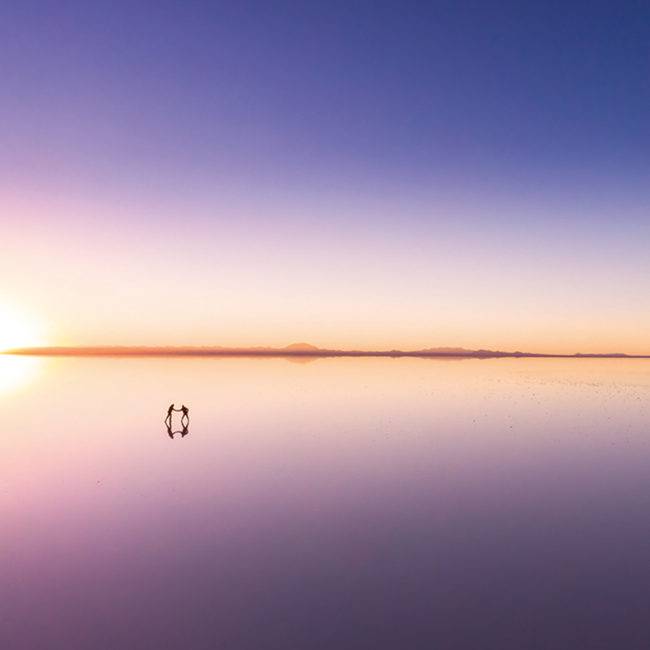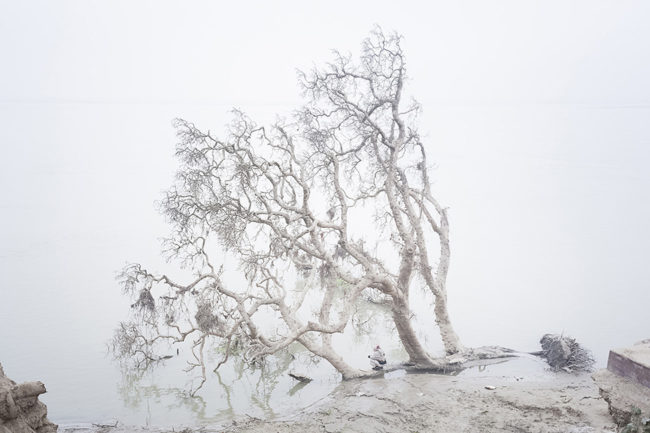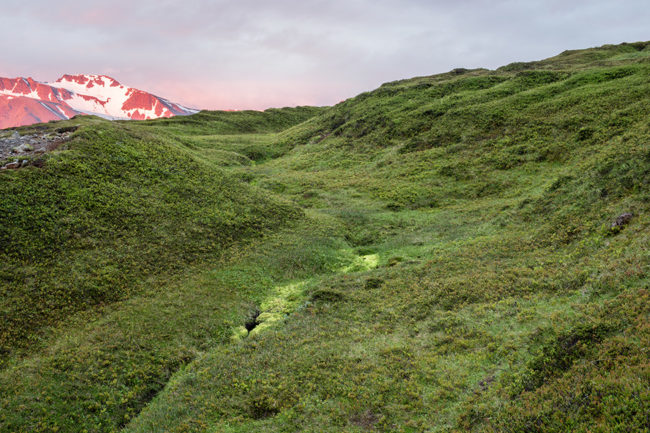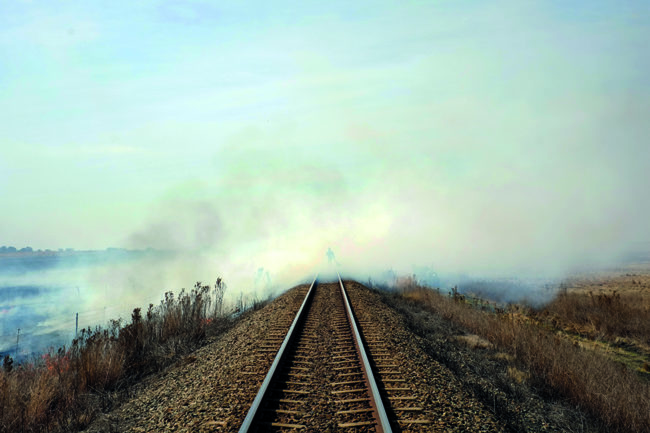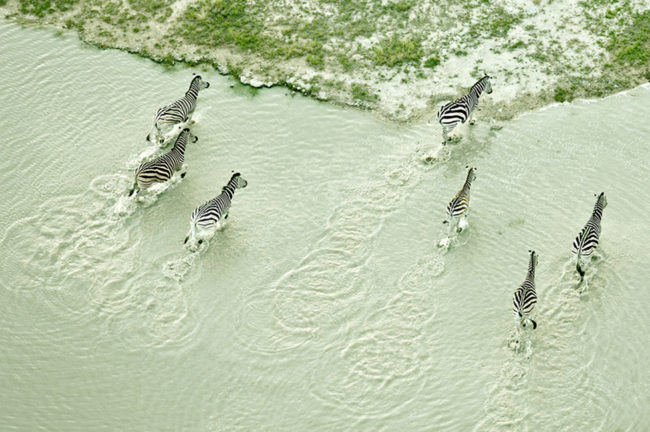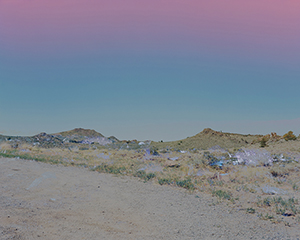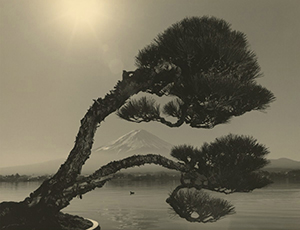The Jepson Center at the Telfair Museums in Savannah, Georgia is hosting a homecoming of sorts for Carrie Mae Weems’s “Sea Islands Series.” A quarter of a century after Weems visited the islands off Georgia and South Carolina to photograph Gullah communities, the series she produced is finally being shown in the region where it was made. The installation combines her images of local architecture and landscapes with artifacts and passages of text.
When she began the project in 1991, Weems was studying the folklore and spirituality of the African diaspora. The Sea Islands and the nearby coastal plains are home to the Gullah, people descended from members of the Gola nation of West Africa who were brought to the islands as slaves. Thanks in part to the region’s geographic isolation, Gullah traditions and religious practices remain mostly intact, which allowed Weems to feel close to Africa without leaving the U.S.
Weems’s straightforward photos of simple wooden houses and signs are reminiscent of Walker Evans’s architectural photos of the South. But Weems was less interested in documenting the contemporary than in looking for hints of the past. She photographed old gravestones and what appears to be a cannonball in a field in front of slaves’ brick houses. New materials are adapted for old customs. In one photo, bedsprings are stuck in a tree to catch spirits.
Car hubcaps lean against tree trunks to keep away evil. Her photos of swamps and kudzu-covered trees show us a fertile land that appears as verdant as it was centuries ago.
While Weems’s photos of Gullah communities evoke memories of slavery, the Sea Islands were also sites of resistance—by slaves and, during Reconstruction, by freedmen who protested when the Federal government reneged on its promise to let them settle on plantations abandoned by former slave masters. Despite so much hostility, the Gullah managed to carry on their way of life and their culture. During today’s debates about statues of Confederate generals, some defenders invoke tradition or romantic notions about noble losers. Why aren’t there more monuments to survivors? “Sea Islands, 1991-1992” is a testament to the persistence of spirituality and those who have carried on the cultural legacies of their ancestors.
—Holly Stuart Hughes
“Carrie Mae Weems: Sea Islands, 1991-1992”
Through May 6
Jepson Center for the Arts
Telfair Museums
207 W. York Street
Savannah, GA 31401
Related Articles
Walker Evans’s Vernacular America
Southern Charm
Ayana V. Jackson on Carrie Mae Weems and Examining Photographic History (for PDN subscribers; login required)

